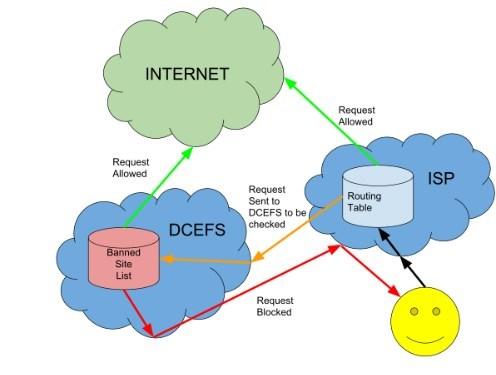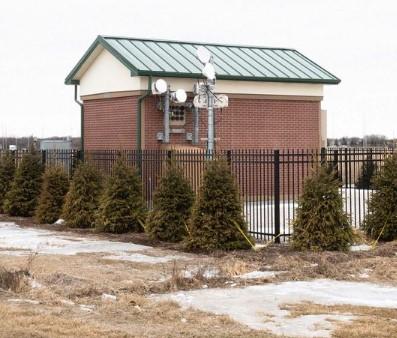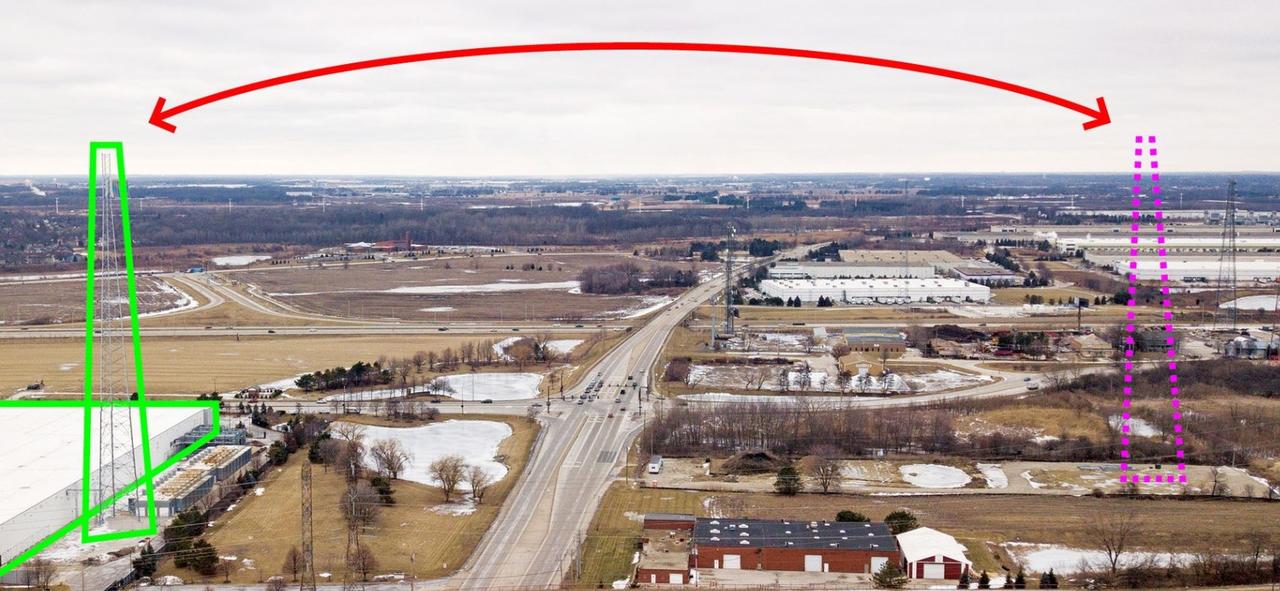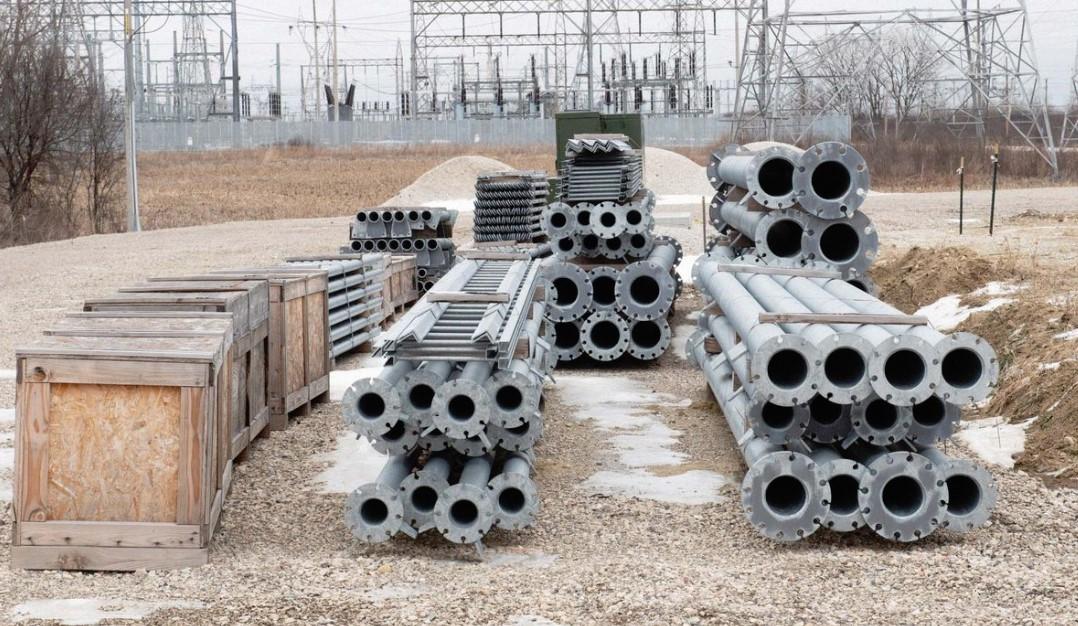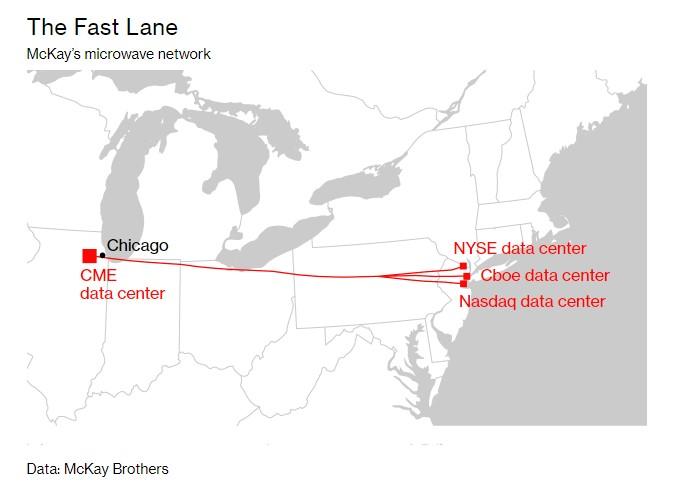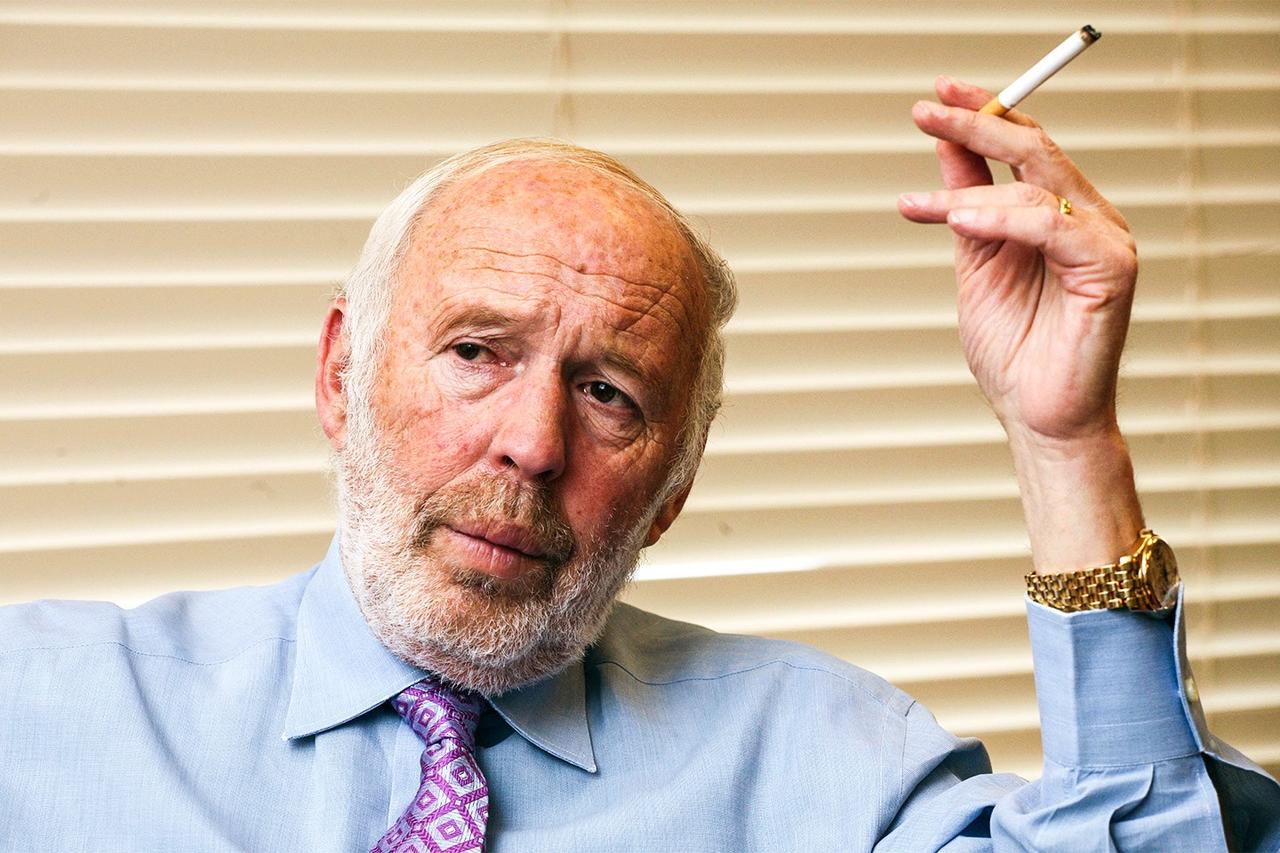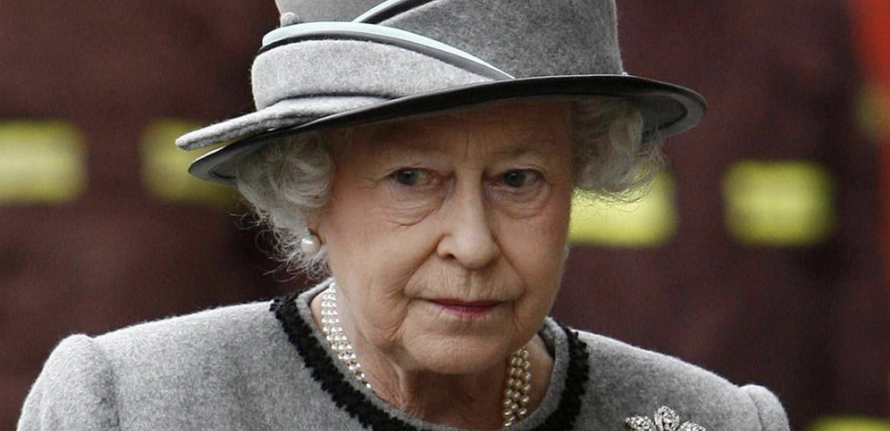Global Intel Hub 3/17/2019 (Zero Hedge Exclusive) -- This recent shooting in NZ was not just a 'shooting' it was a crossing of the Rubicon into a new sea of Orwellian fear and loathing. As we explain in our book, NOTHING is as it seems. Everything is about OPTICS and what really goes on is largely disregarded. New Zealand is a testing ground:
For years New Zealand has been utilised by app developers, social media companies and software developers to test new technologies, but the risks and benefits for Kiwi consumers and businesses remain unclear. Ged Cann reports. If you want to test it, come to New Zealand. That's the mantra overseas, where New Zealand's advantages as a testing ground have been common knowledge in the international tech industry for decades, according to one world-wide developer.
Alright but so what? The fact remains that 90% of tech innovations come from the Military. Also there is a growing problem for the Military as the enemy du jour, Terrorists, are becoming far less common, for a number of reasons including but not limited to the success of firms like Palantir.
Fake News is just the left angry that they couldn't lie their way into the White House - what we really need to be concerned about is Fake Wars. Internet Censorship in New Zealand existed far before the shooting. The draconian call to delete the horrid video from your personal computer can only be for one reason - they don't want people looking at this again and again and realizing there are facts that don't match up with reality.
911 was a complete control job. Social Media practically didn't exist and internet penetration was nothing like it is today. In 2001 people didn't have HD camera in their pocket that could live stream events as they happen. Tactically speaking 911 was even sloppy, as some footage showed things that probably shouldn't have been there - but it was a HUGE JOB, equivalent of David Copperfield making the Statue of Liberty disappear.
There are a number of analogous facts shared by the attack on the North Korean embassy in Spain and the terror event in Christchurch which suggest that the same team was involved in both incidents. In both cases the perpetrators showed that they were well versed in "breach and clear" tactics against buildings filled with people. In both cases the buildings were cleared efficiently and quickly even though the goal of the North Korean incident was focused on intelligence gathering as opposed to mass murder. Aerial analysis of the North Korean embassy in Spain, the Al Noor Mosque and the Linwood Islamic Centre show that all buildings are of similar size and each would have required the same know-how and training to breach.
Remember though that because the internet is completely censored in New Zealand on an ISP level, it means that at some level, they 'allowed' this video to be broadcast. That type of Censorship wasn't possible in the Las Vegas mass murder concert shooting.
Is this a 'test run' for the new War 3.0 of the future? Fake Wars: Race wars, proxy wars, information wars, and 'fake threats' ?
One thing does reek of false flag is the NZ Government's immediate reaction to clamp down on internet freedom and gun laws, although it's still unclear where the Shooter obtained these weapons from as he would have probably failed a background check with his recent travels to Pakistan (a huge red flag).
One thing about NZ is that it's easily controlled for 2 reasons - it's far removed from the rest of the world and if they control the internet they basically have a lock down on what's going on inside NZland.
Fake Wars means wars engineered by high tech Military outfits like Cubic Simulation Systems.
Guys this is important this is the new battlefield.
There is never going to be a 'traditional' war like we had World War 2. There is no threat from China or Russia. The Nuclear arsenals of the Nuclear powers prevent any kind of real war from happening again. There is enough Nuclear fire power on this planet to not only destroy Russia completely that even mosquitos will not survive, we could literally blow up the planet Earth into little bits and all float together into space for a final romantic voyage into the nothingness of space. All this at the press of a button. Let's hope that the AI systems aren't connected to the Nuke systems!
Military spending in the United States is about $700 Billion and that's just what's on the books. If you include countries in the Five Eyes - it's much more. Realistically we are talking about $3 Trillion per year in USD globally by US and friends. But it's good for the economy giving birth to companies like Google, Facebook, and so many other opportunities to make investors rich beyond their wildest dreams. That's the 'buy in' - so first you have to suffer.
Never heard of the Five Eyes? See this example of how they 'attributed' hacking to Russia:
Earlier this year, the United Kingdom, Australia, Canada and New Zealand – which along with the United States are members of the “Five Eyes” alliance – came together to collectively attribute to Russia what may be the most costly cyber attack in history. This public affirmation provided a rare glimpse into the depth of defense cooperation among the world’s English-speaking democracies.Formalized in 1955, Five Eyes collaboration has proven a remarkable success both throughout the Cold War and in the post-9/11 era of counterterrorism. The informal alliance has until now remained rooted in intelligence sharing. However, in a world of complex and rapidly evolving security challenges, the Five Eye countries should consider a new area of shared focus: leveraging the commercial technology sector to address common national security concerns.
What that means in 'Plain English' 5 countries got their stories straight for the public. The answer was "Blame Russia" and the reason was that because with the kind of tools the CIA and NSA has developed they can put Russian fingerprints on virtually any Cyberattack coming out of DC. Did I just say that out loud?
So to what end? What is the reason for this horrible mass murder in a Mosque? At this point we only have circumstantial evidence so let's not jump to any conclusions. Let's stick with facts.
- This is the worst attack on peaceful Muslims in their own holy place
- New Zealand is the most anti-Gun jurisdiction in the world - it's impossible for a normal citizen to obtain and keep a firearm in this place
- New Zealand is the country with the most internet Censorship in the western world, beaten only by China and North Korea
- NZ is controlled by the Crown. Unlike other British Territories like the Bahamas for example, NZ never declared their 'independence' and the Queen is the Queen of New Zealand, visits there, and technically owns all the land.
- Property in New Zealand is mostly bought 'freehold' (update: should be "leasehold" but the point is that you don't really own it) in that you have a 99 year renewable lease and you never actually 'own' the land like you do in other places. That may seem like a simple technicality but the fact is there would never be a Rockefeller story in NZ if you discovered $100 Million worth of Gold on your land you can bet you would only get a pittance finders fee for it. God save the Queen.
Under the Crown Entities Act, Ministers are required to "oversee and manage" the Crown's interests in the Crown entities within their portfolio (sections 27 and 88). The board of the entity has the key role in ensuring the entity is achieving results within budget. This is done by a monitoring department on behalf of the Minister unless other arrangements for monitoring are made. Monitoring departments make explicit agreements with their Minister, setting out what monitoring they will undertake and how they will do it. Crown entity boards should also facilitate clear and transparent monitoring, for example, by providing the Minister and monitoring department with good information on which to make judgements about performance.
Of course, the Reserve Bank, offices of Parliament are completely independent, wink wink righty ho.
Let's take a look at the Kiwi Wall in a little more granular detail to see what's going on here and why this may have been a test run for a larger plot:
The Department of Internal Affairs maintains a hidden list of banned URLs and their internet addresses on a NetClean WhiteBox server, which as of 2009 contained over 7000 websites.[12] The DIA then uses the Border Gateway Protocol to tell ISPs that they have the best connection to those internet addresses.[13]When a user tries to access a website, the ISP will automatically send their data through the best connection possible. If the user is trying to access a website hosted at an internet address that the DIA claims to have the best connection to, the ISP will divert the traffic to the DIA.[13]If the website the user is trying to access is on the DIA's list of banned URLs, then the connection is blocked by the WhiteBox server.[13]The user instead sees a filter notice page and has the option of getting counselling or anonymously appealing the ban.[14]If the website is not on the list of banned URLs, then the DIA transparently passes on the data to the actual website and the user is left unaware that the request was checked.[13]
The happy face is, as you can imagine, pictures of tourists enjoying those expensive bottles of Marlborough white wine riding horses or rich Americans fly fishing. What is on the 'banned' list? You guessed it - anything the government or 'ahem' the Crown decides.
So this is much deeper than in the US where the Media is completely controlled by the left - in NZ they control information on a router level!
So as you can see - in a world where information can be snapped away with an HD cam which is in everyone's pockets, this was the perfect place to run a 'test' of a Military mission of the new kind.
Let's be clear we are not promoting violence. We believe actually in the dismantling of 90% of the Military as it is useless wasted money. Keep the nukes, keep the 'banks not tanks' approach and we can spend money on building things that help people with diseases for example or help people live longer or better.
911 just wouldn't be possible today - or at least to say using the tools that were used back then. Perhaps with the decline of 'real' Terrorists, this is training for a new generation of artificially created enemies, whether they be 'Nazis' or other types of extremists. What's clear as more and more info is released it seems as if this was a pro hit job.
And about the gun control debate, this puts to shame anyone that claims banning guns can prevent such attacks, as there is no place in the world that is more strict about Gun Control than New Zealand. Kiwis are modern Guinea pigs:
IN MEDICINE, trials are conducted on guinea pigs, rats, mice and rabbits. In digital businesses, tests are performed on New Zealanders. Their country is proving the perfect location for software firms, social networks and app developers discreetly to try out and refine their products. Take Microsoft, which last year made New Zealand its first test market for Sway, a new app that helps users create websites, and which has since been released into other markets. Other big technology firms, including Facebook and Yahoo, also use New Zealand as a development lab, as do games companies and small startups.
One wouldn't think of New Zealand as the perfect Terrorist training camp. But with the internet censorship, its remote location - it appears to be perfect. We'd like to wish them good luck, but it's unlikely this article will be read inside of the Kiwi Firewall.
To get 'real news' checkout Global Intel Hub. To support real journalism visit our sponsors UBUY.ME Alpha Z Advisors Pre IPO Swap
